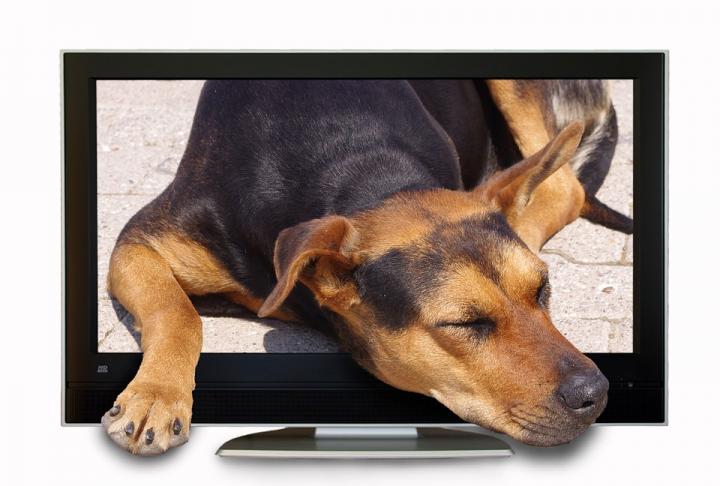
Technology is a necessary evil with the work that we do as veterinary care providers from keeping medical records to maintaining our practice’s online presence and communicating with clients and team members. If it weren’t for technology, we would not be able to remain connected to lifelong friends, distant family members, and colleagues worldwide. However, there is no doubt that technology has negative effects on our lives as well.
The feeling of constant connection can create a sense of anxiety around not being able to truly disconnect from work, thereby increasing stress, interrupting in-person interactions, and impairing productivity. There is research demonstrating that even the presence of a phone sitting next to you can impair focus and disrupt conversation. Additionally, there is research to suggest that social media decreases wellbeing by increasing feelings of jealousy, insecurity, and depression. It is not uncommon for mental health providers to advocate that people experiencing anxiety and depression close their social media accounts to reduce the negative consequences of constant comparison.
Research also shows startling statistics when it comes to the amount of time spent in front of screens, whether it be the TV, computers, or smart phones. In addition to the detrimental effects on mental health mentioned above, increased amounts of screen time have been associated with a higher risk of physical health concerns, as well as bigger odds of dying young. This is probably because while a person is engaging in screen time, they are sacrificing time that would be spent participating in more healthful events such as exercise, time outside, or other self-care activities.
If you find yourself unable to disconnect by turning off notifications, closing your lap top, going 10 minutes without checking your phone, or binge-watching Netflix, you might consider trying these ten tips for limiting screen time to boost your wellbeing.
- Turn off notifications such as buzzing, beeping, vibration, or flashing lights to decrease unnecessary interruptions. If a notification does go off, pause and consider whether it could be of importance before interrupting your activity to check your phone.
- Make a point to put away phones during meals, social gatherings, and family functions. Decide when it is appropriate to check email, scroll social media, or send text messages.
- Set boundaries around the use of technology for work when not actually working. Ensure that expectations regarding checking email, being accessible by phone or text, and responding to non-urgent messages are clearly understood and followed. Consider removing your work email account from your phone to limit the desire to check work-related messages during time off.
- Decide how much time you’re willing to allocate to the use of technology outside of work. Consider the activities you like to do during your downtime and the amount of time that you have outside of working hours. Once you fill your downtime with exercise, time outdoors, family/pet activities, self-care, and sleep, the rest of the time should be the maximum available dedicated to screen time.
- Consider downloading an app like “Moment” or “Quality Time” to track the amount of time spent online or on social media sites and ensure that you are not missing out on other activities due to endless scrolling and screen time.
- Try “batching” screen time rather than checking the phone, social media, or email repeatedly throughout the day. Limit yourself to a certain amount of time a couple of times each day and even set an alarm to let you know when your screen time is up.
- Pair screen time with healthy activities such as exercise or stretching. For example, only watch Netflix while on the treadmill or only check your phone while doing squats or lunges.
- Take a digital detox by allocating time during which you take a break from technology. If you do not need your computer while on vacation, leave it behind. If you can go on a walk and leave your phone at home, then do so.
- Other tactics to limit screen time include turning data off, using airplane mode, or turning off the phone altogether during periods of the day to prevent messages and notifications from coming through.
10. Be intentional when using technology to avoid watching hours of mind-numbing Netflix episodes or scrolling mindlessly through social media feeds. If you find yourself in a fog and not focused on the screen in front of you, redirect your attention or purposefully switch to a different activity.
Marie K. Holowaychuk, DVM, DACVECC is a small animal emergency and critical care specialist and certified yoga and meditation teacher with an invested interest in the health and well-being of veterinary professionals. She facilitates wellness workshops, boot camps, and retreats for veterinarians, technicians, students, and other veterinary team members. To sign up for newsletters containing information regarding these events and veterinary wellness topics, please click here. More information can be found at www.criticalcarevet.ca.
